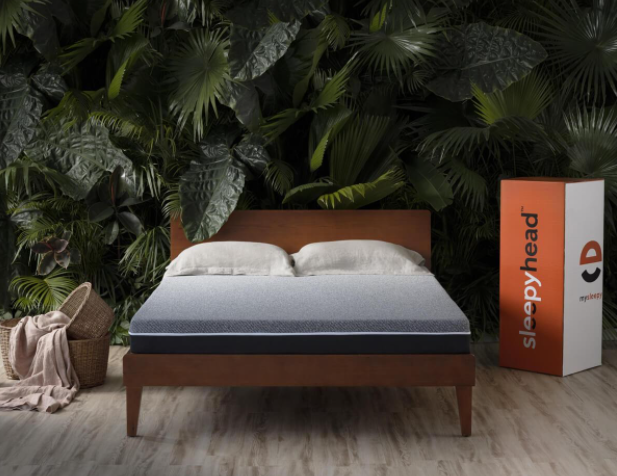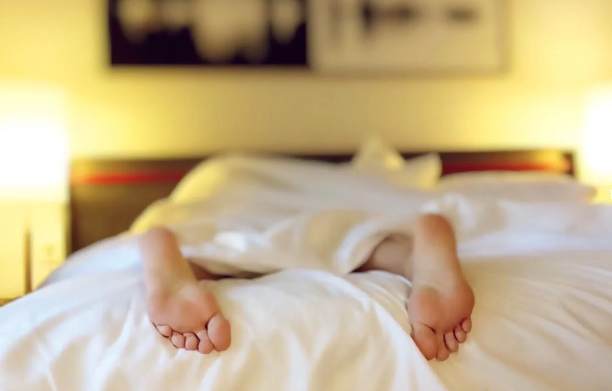Shopping for the right mattress that fits your needs can be a demanding task. What is more difficult is to sort one that is genuinely excellent in terms of quality, functionality, and durability, amidst thousands of promotional and marketing claims. The emergence of issues concerning the release of fine toxic chemicals from an average mattress makes the whole ordeal even more challenging.
Fortunately, an alternative solution to all these problems has come up, and this is to make your own mattress. This article gives an overview of everything you need to know about making your DIY mattress.
Benefits of Making Your Own Mattress
Aside from being able to avoid toxic mattress efficiently, the following are some of the benefits of DIY bed:
Personalized mattress: Creating a personal bed means that you can freely customize your mattress; however, you like based on your taste and needs. Additionally, you can repair and replace the bed in case a part gets damaged along the way, instead of throwing the damaged mattress altogether.
Self-satisfaction: You will feel a sense of accomplishment by the time you finish making your customized mattresses. You will also feel secure as you know about the materials and processes used to create each part of the bed.
Cost-efficient: The most significant advantage when you make your own mattress is that you can reduce costs. Most of the beds sold locally and online are manufactured at a low cost and sold at a high price, making the mattress far from worthy of the money spent.
How to Make a DIY Mattress
Creating a DIY mattress is not that hard. It generally takes only three steps to build a proper bed. The following are some of the simple steps needed to make a mattress:
Step 1: Pick the Desired Base
Figure out the base of the bed. Examples of mattress bases include memory foam, latex foam, and polyurethane foam.
You can choose to go all-natural with wool batting, millet, or buckwheat hulls. Additionally, you can combine both synthetic and natural bases. A mattress topper, such as cotton or wool, can add extra comfort to the latex base.
Step 2: Find the Right Mattress Case
Some people have sewing skills and can create their mattress case. However, for those who are not skilled in sewing, you have the option to buy a mattress cover or ticking, which are available from any local or online stores.
Step 3: Assembly of Bed
Once all necessary materials are gathered, the next step would be assembling the bed. First, open the mattress cover and place it evenly on any flat surface such as the bed frame.
Next, place the mattress fillings on the cover’s top. The base should be placed first, be it latex or memory foam, wool batting, or millet hulls.
Once each layer is appropriately arranged, take the mattress case’s top portion and cover the material. Lastly, close and zip everything up, and a DIY mattress is successfully created.
There are many reasons and benefits of making a DIY mattress, but the most important one is the sense of accomplishment, security, and safety that it gives to its maker. Furthermore, whenever some parts of the DIY bed get damaged, you can easily replace the specific bed component.







